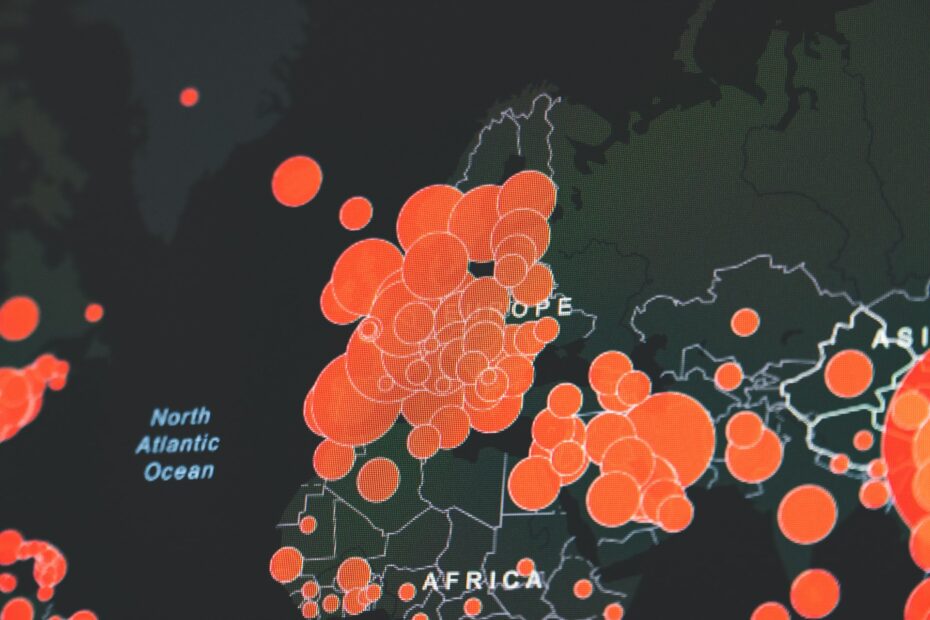Written by Afra Inayah Dhyaniputri | Master student in international health, Ruprecht-Karls-Universität Heidelberg.
Two years after its first onset, the COVID-19 pandemic has brought us to the surface of the limits and weaknesses of global governance system. Most countries and international organizations have responded to this pandemic the same way they responded to previous pandemics. This has resulted in a huge crisis of trust to the WHO globally. A decision-making pattern on agreement binding is still considered as a legitimacy which affects how all countries are conceived. This influences every country on how they prioritize the health-related agenda.
The creation of a new global covenant plays an increasingly important role in global health governance, providing room for national stakeholders to define a vision about the future directions of pandemic specified treaty, laws and norms. This essay will breakdown two key points to ensure no state is left behind on this health reform agenda. First, several considerations under each country binding of a new covenant should be translated as clear objectives and plan action. Second, defining the long-term unintended consequences are necessary if Low- and Middle- Income Countries (LMICs) disagree to bind themselves for pandemic prevention, preparedness and response covenant.
An independent and task specified treaty enables an autonomous and multisectoral partnership to achieve its aim and impact. The covenant for pandemic prevention, preparedness, and response made a breakthrough worldwide, corresponding its vision and mission to protect future generations from the effects of pandemics. This might provide a better guide to the next pandemic in a more effective way than the existing International Health Regulation. However, this only could be achieved if every state includes its legal binding for international treaties.
For instance, the WHO Framework of Tobacco Control (FCTC) has shown its success story on how 181 Parties have committed under its international treaty. Though it takes several years from its first binding, the FCTC recognizes price and tax measures as effective means to reduce the demand for tobacco, and the clearly stated guidelines for Article 6’s implementation encourage the use of taxation in comprehensive strategies for tobacco control.
As treaties and covenants are created with the aspiration to make things better, not all countries preserve a certain privileged position. Some countries were doubted unable to reflect their general trends for this pandemic specified covenant.
While ,The South’ countries try to combat the virus, protect lives, and rebuild their economy on the past decades, the COVID-19 threatens to wipe away a decade of human capital gains. Many see some international law and treaty as limiting the room of improvement of the “poorer country” and only beneficiating the “richer countries”. Some WTO regulations implicitly reduces LMICs “policy space” which resulting North-South Imbalances in the International Trade. This has limiting LMICs capacity to adopt national policies that promote economic development.
LMICs are still struggling with insufficient human resources and (private) investment for addressing pandemic situations. The majority of the issues existed even before the pandemic. Only 5% of the SDG financing for Middle-Income Countries (MICs) was provided by the private sector. Furthermore, the dominance of public funding resources to finance pandemic response for LMIC is not the preferred option. An adequate adequate public funding plays a significant role for a well-functioning health system. Public funding is expeted to produce a trained and motivated health workers, a well-maintained infrastructure, and a consistent supply of medications and technologies for the health system. In the future the existence of private funding is expected for toping up the covenant sustainability.
Frankly, not every country process the same ability to be prepared and ready for such a breakthrough. Thus, a legal binding through organizational structure and legislation framework of the covenant, especially on the specific role and financing scheme of pandemic responses. Such covenant gives an opportunity to incorporate COVID-19 lessons and address various vulnerabilities in the global health infrastructure that have been highlighted in recent years.
Although, the perceptions and reflections on “how every country will act?” play a significant role in the discussion on whether this new global covenant would be sustainable; it might optimistically provide a room of improvement on global government structure. However, inefficiency of the cross cutting program may occur if it was not tailor made for the capacity and feasibility of each country. In return, it could result in other unintended consequences if it was not very well thought and defined from the very beginning.
Edited by Melani Ratih Mahanani.
